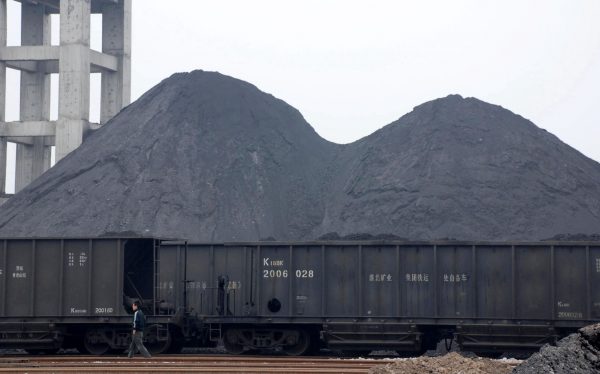In practice, China’s financial institutions had already significantly reduced support for coal power abroad this year, and a prominent announcement had been highly anticipated. The commitment provides additional momentum to preparations for the upcoming UN Climate Change Conference in Glasgow in early November.
Still, the statement needs further clarification. Does it refer only to the involvement of Chinese companies in the construction of coal power projects, or does it also encompass any direct or indirect financing, equity investment and the provision of equipment and technology?
One interpretation is that the general nature of the commitment leaves room for climate advocates to push for a comprehensive crackdown on all support for coal power, much as last year’s carbon neutrality commitment was later clarified to include all greenhouse gas emissions after concerted advocacy. Another interpretation is that any new financing or investment would be politically toxic for any Chinese bank or power company.
The commitment is extremely significant in the context of global financing for coal power. Between 2017–2019, China contributed US$6–8 billion per year to new coal power plants worldwide, making it by far the largest cross-border financier of new coal. By early 2021, China had in practice already stopped investing in new coal overseas after the leadership was presented with various assessments highlighting the urgent case for doing so. Since then, debates have taken place with key stakeholders, and further assessments made.
President Xi’s announcement at the UN General Assembly is the first public confirmation of this new policy. In the context of Chinese governance, such a formal international commitment means that the decision is final, alleviating concerns of backsliding.
Of course, support for coal power abroad was only a part of the challenge. China itself remains both the world’s largest producer of electricity from coal and has by far the largest pipeline of projects at various stages of proposal, permitting and construction. China commissioned 38 gigawatts of coal power in 2020, 76 per cent of all new commissions globally. This surge was part of the efforts by provincial governments to stimulate the economy in the wake of the COVID-19 slowdown. China also has a further 88 gigawatts under construction and 159 gigawatts proposed for construction. By comparison, Australia’s entire coal power fleet is about 24 gigawatts.
But this trend may be starting to turn. A representative of the energy administration in Shandong province, China’s largest coal-consuming region, suggested late last year that it was highly unlikely there would be any further approvals for coal power projects during the current 14th Five Year Plan period, beyond those already under construction.
As always, there are push and pull factors influencing China’s coal power sector. On one hand, coal power plants have been operating at historic low rates in many parts of the country. In 2019, utilisation of Shanghai’s remaining coal power plants had dropped to 37 per cent on average. In hydro-heavy Yunnan, the coal power utilisation rate was as low as 24 per cent, but even in highly coal-dependent Shandong, utilisation dropped to half of potential capacity. Many coal generators were struggling to generate a profit margin in these conditions.
On the other hand, recent news of major power shortages in the northeast provinces and southern Guangdong have led to concerns that summer and winter peak demands cannot be met with the current installed capacity. In reality, the shortages are a result of unusually high coal prices over the last few months, leading generators to cut output to avoid producing at a loss. The regions that have faced power rationing were operating at less than 50 per cent of their dispatchable power capacity, demonstrating that it is not more coal power that is required but rather systems reform.
In early September, the National Development and Reform Commission released a new policy document imposing strict controls on energy-intense and high-emission projects. The policy draws authority for approving such projects back to the central level, having previously devolved it to the provincial level. This indicates that limiting carbon emissions will continue to be a high priority for the central government as it strives to reach an early emissions peak. The earlier that peak is achieved, and the lower the level that it occurs, the less arduous a task China will face in charting a path towards carbon neutrality by 2060.
China’s announcement stopping support for coal abroad is significant, especially taken together with efforts to limit the growth of coal power domestically. Much more needs to be done to accelerate the shift away from coal, but these are important signs of progress.
Huw Slater is Lead Climate Specialist at ICF International Inc, Beijing.

